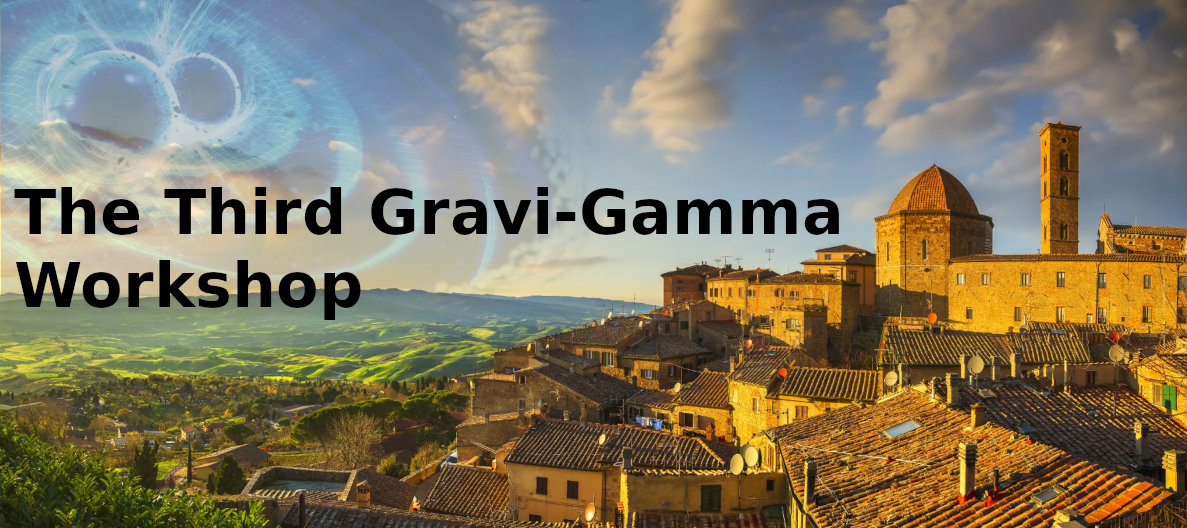Speaker
Description
The discovery of a short Gamma-Ray Burst, GRB170817A, in association with a Gravitational
Wave and a bright kilonova started a new era in the high energy astrophysics. The observation
of GRB170817A and more recently, GRB200826A and GRB211211A, a short and a long burst re-
spectively with a possible kilonova, have reinforced the need for new ways of classification. For
this reason, a procedure that uses a machine learning technique searching for similarities in the
light curves is applied to Swift-BAT prompt emission data. Two distinct groups could be identified,
although still correlated with standard T90 duration. Since a jet viewed off-axis could explain the
emission from GRB170817A, the modelling of this kind of sources is of great importance. A pub-
lic code called JetFit, based on the “boosted fireball” model, is applied to fit Swift-XRT afterglow
light curves of short and long Gamma-Ray Bursts, with known redshift, from 2005 to 2021. JetFit
does not model the flaring activity. For this reason, a new procedure to remove the flaring phases
has been developed. The distributions of the best-fit parameters, grouped according to the classi-
fication given by the machine learning algorithm, describe the physics of our sample. The mean
values of the JetFit parameters can be used to compute the Synchrotron part of a typical Gamma-
Ray Bursts afterglow emission model. Given the synchrotron mechanism, we obtain a prediction
on the Synchrotron Self-Compton high-energy component by building a general model based on
physical parameters of the afterglow.

